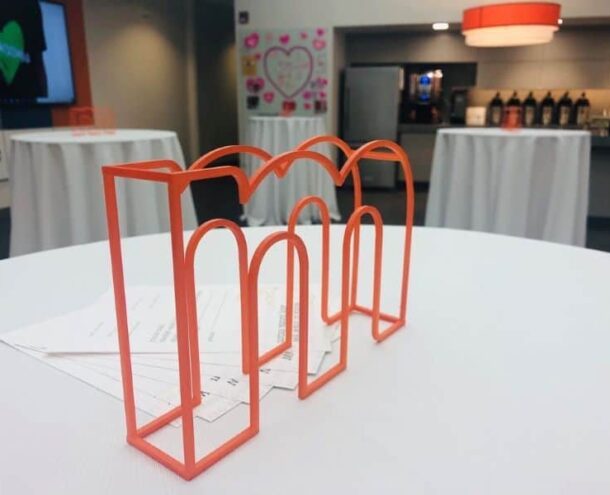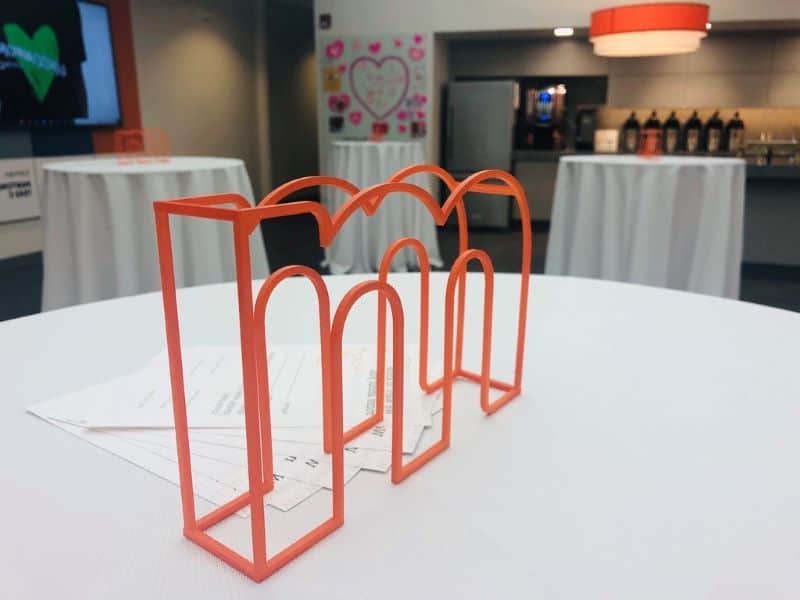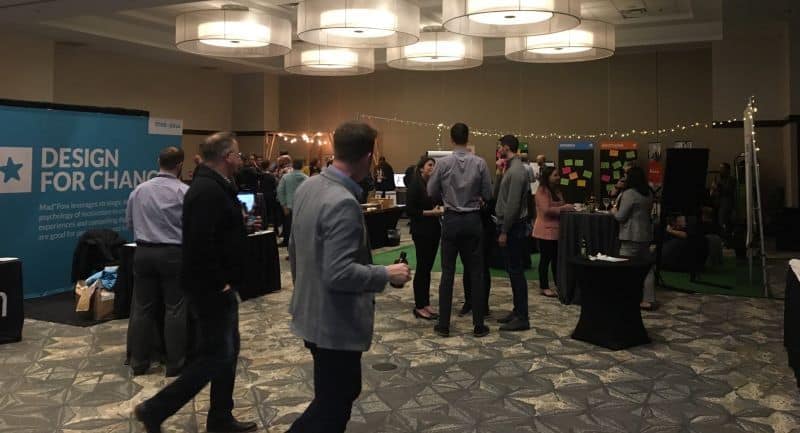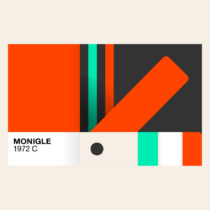Takeaways from Experience Design Week in Denver, February 2020

At this year’s conference, three conversations caught our attention:
What is experience?
As Experience Design (XD) continues to gain momentum, the design community is still working through what constitutes experience. This topic came up over and over. What designers seem to agree on is that we need to think holistically about experience. More than a single moment in time, experience is a collection of micro-moments that add up to something bigger. The concept of time also comes into play because, as Jonathan Mann of Renaissance Learning discussed, experience has three parts – one’s expectation of an experience, the lived moment (or moments), and the memory of it. Precisely defining what makes an experience might not be easy. But thinking beyond how we define it, there is consensus that embedded in experience is a powerfully emotional component. So much so, that experiences have the potential to spark a transformation. An experience may just change something inside you, your behaviors, or the way you see the world, and you may never be the same for it.

Learn More: What is the difference between Branding and Advertising?
How do we bridge the gap between physical and digital?
There is a recognition that, as experience designers, we need to be thinking about how to bridge the gap between physical and digital space. How do we ensure we are creating products and experiences across channels that feel seamlessly integrated? Using the language of brand and speaking consistently is the first step. Today, brands are creating dynamic design systems that guide everything from their visual and verbal expression to how they come to life in sensorial ways, including touch, scent, and sound. Companies like Disney, Starbucks, Nike, and Apple are experience exemplars, but many other companies (think Warby Parker) are on their way too. What these companies have in common is a relentless focus on customer-centricity and consistency of experience regardless of channel. An in-person interaction that reflects the spirit of the brand goes as far toward delivering a great experience as the design of a clean and simple app interface.

Learn More: Year-End Recap: Design-Worthy Brands of 2019
What about the challenge of working across silos?
Experience designers need to work across functions, but many organizations are deeply siloed – brand and marketing, product, operations, etc. Many XD conference-goers identified this as one of their biggest challenges. Jarrod Joplin from Bank of America had this to say, “experience designers must reach out, you are the solution.” In other words, yes, it’s a challenge, and there’s no better answer than being proactive in your role by reaching out to others in the organization whose support you need. Build an internal, cross-disciplinary coalition. Conceiving of experiences that are innovative, human-centered, and focused on solving real-world challenges that drive business value is the work of many. As experience designers, it’s up to us to frame the problem, align a team, and move towards a goal.
Learn More: Monigle Recognized with Top Marks at 2020 Rebrand 100 Awards
This was Monigle’s first year participating in the Experience Design Week. We are excited to have joined the conversation, and looking forward to more conversations about the evolution and innovation of brand and experience design.



